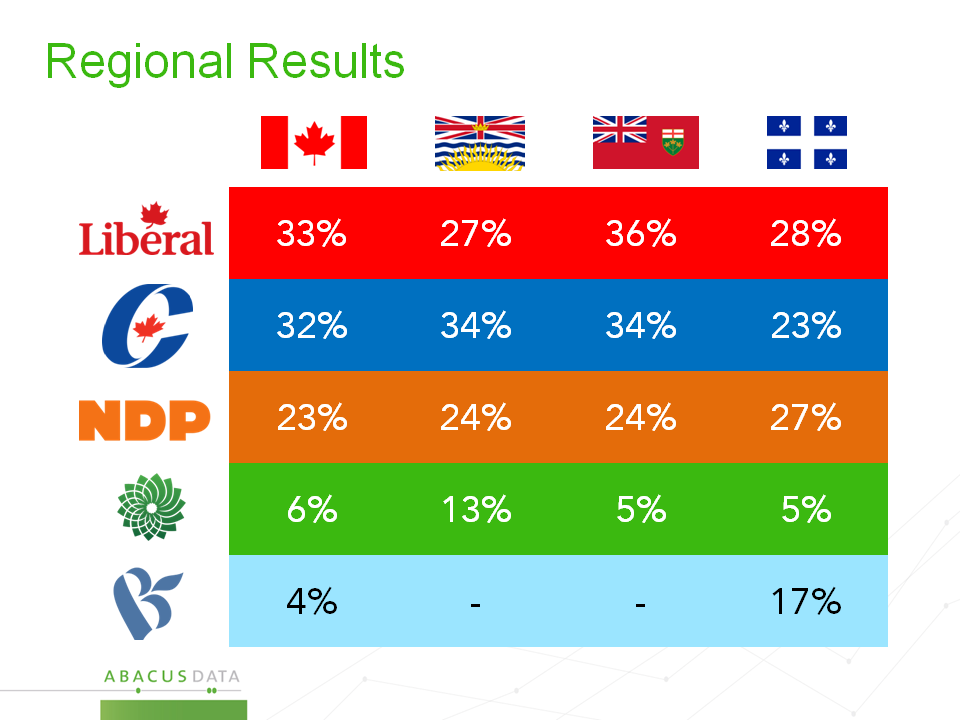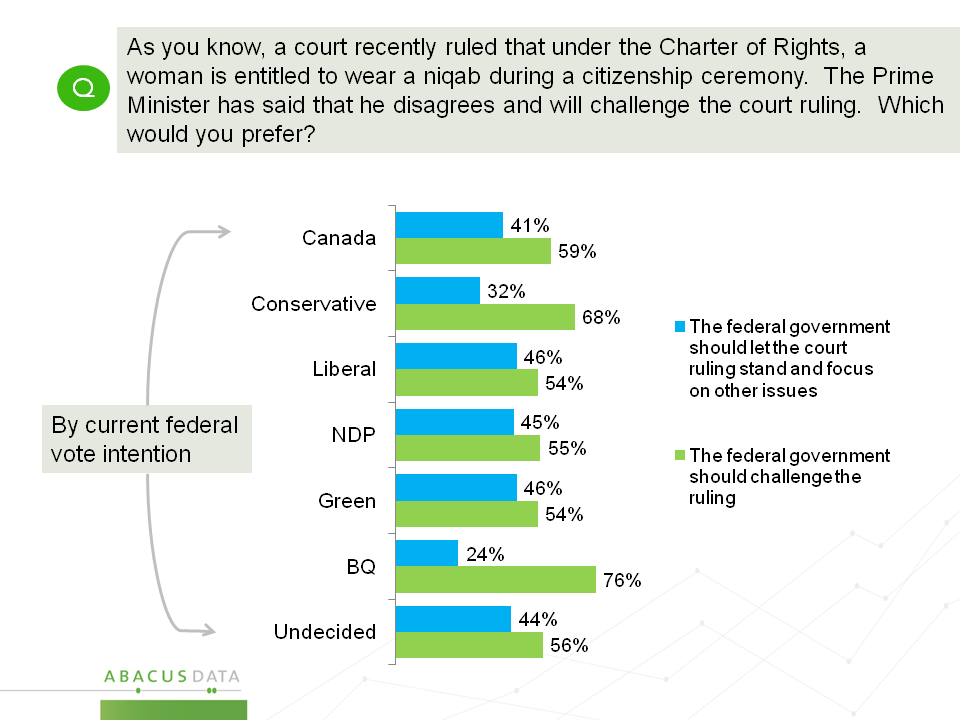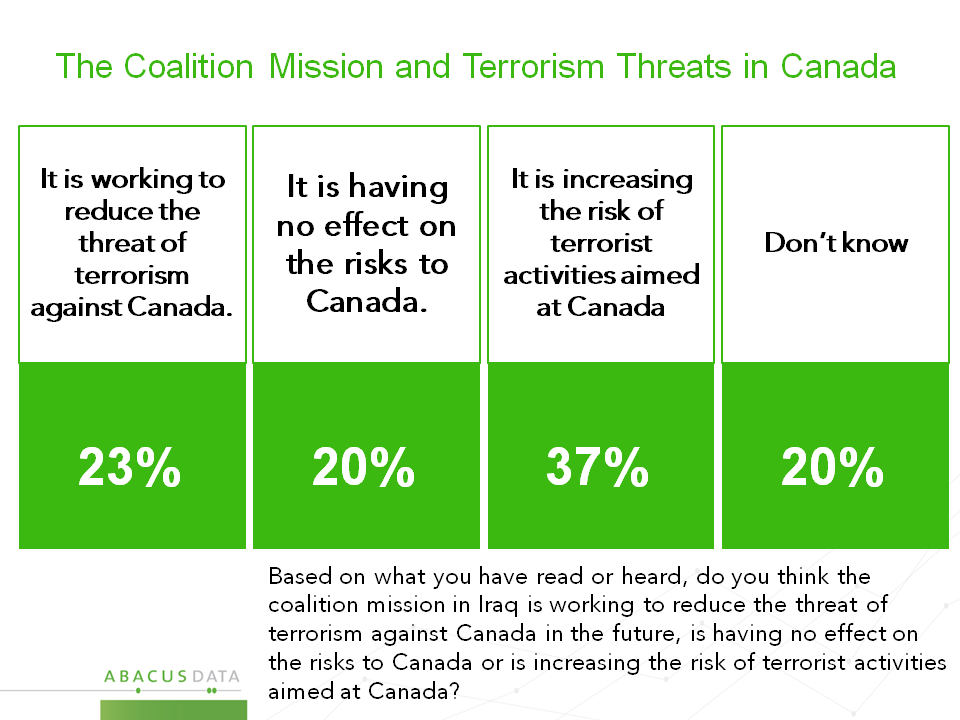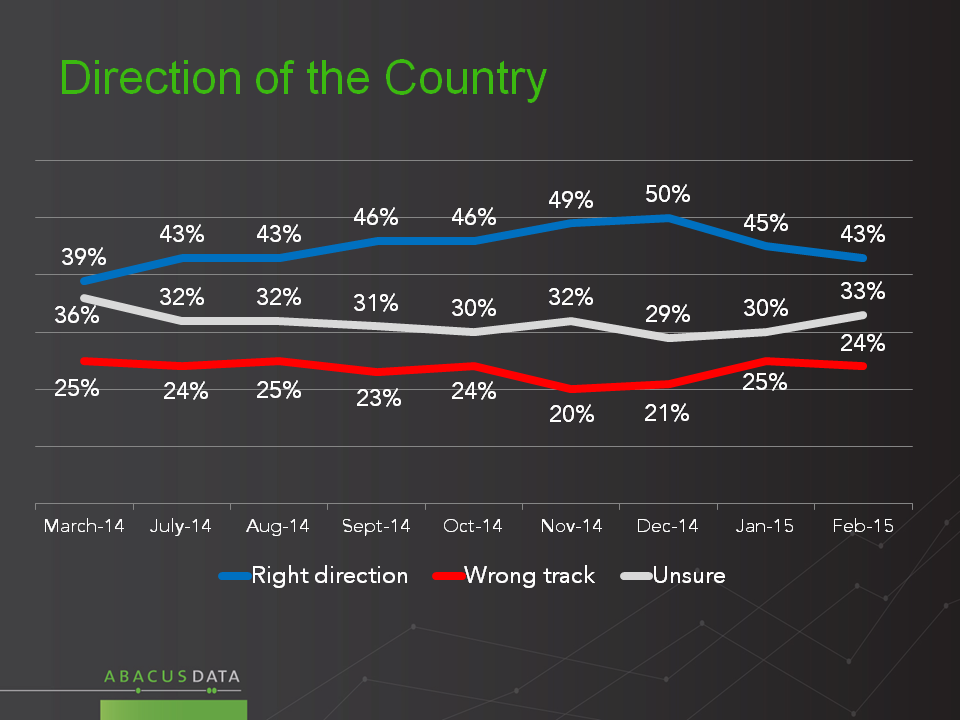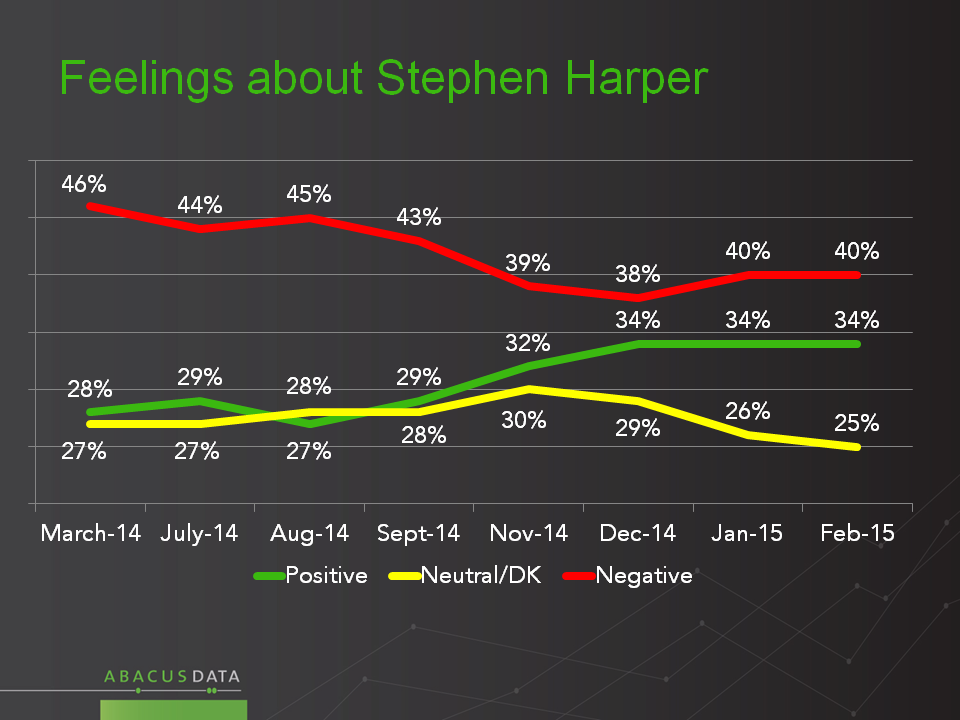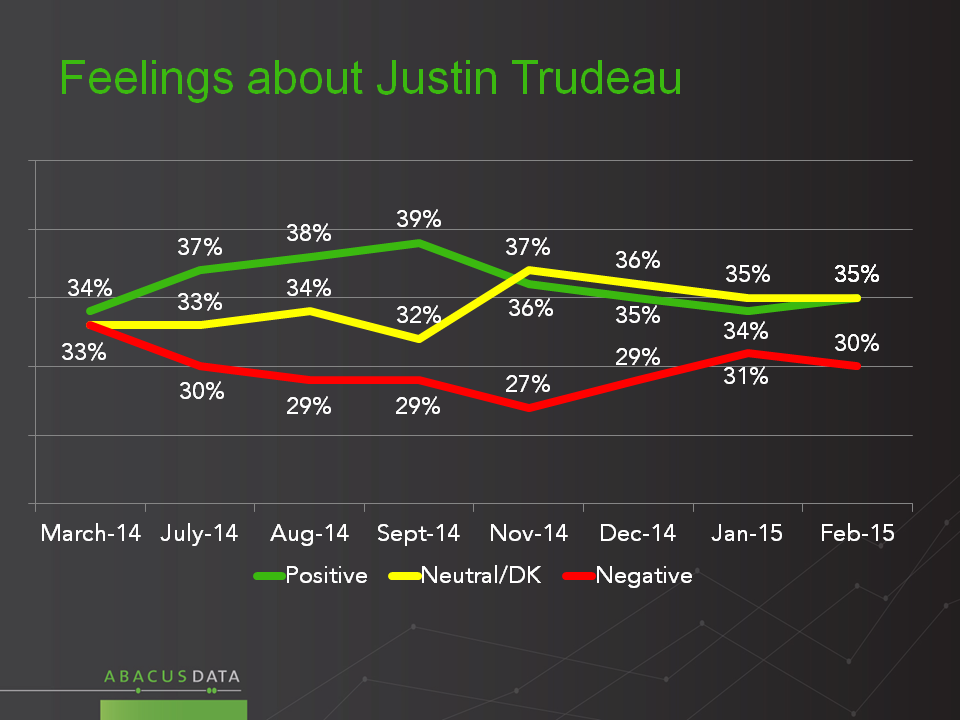CIVIX Student Budget Consultation 2015 Results
High school students to Finance Minister Oliver: Balance the budget and increase spending on education, the environment, and healthcare
Despite the decline in oil prices and government revenues, 49% of high schools students believe that the federal government should do everything it can to make sure the budget is balanced this year.
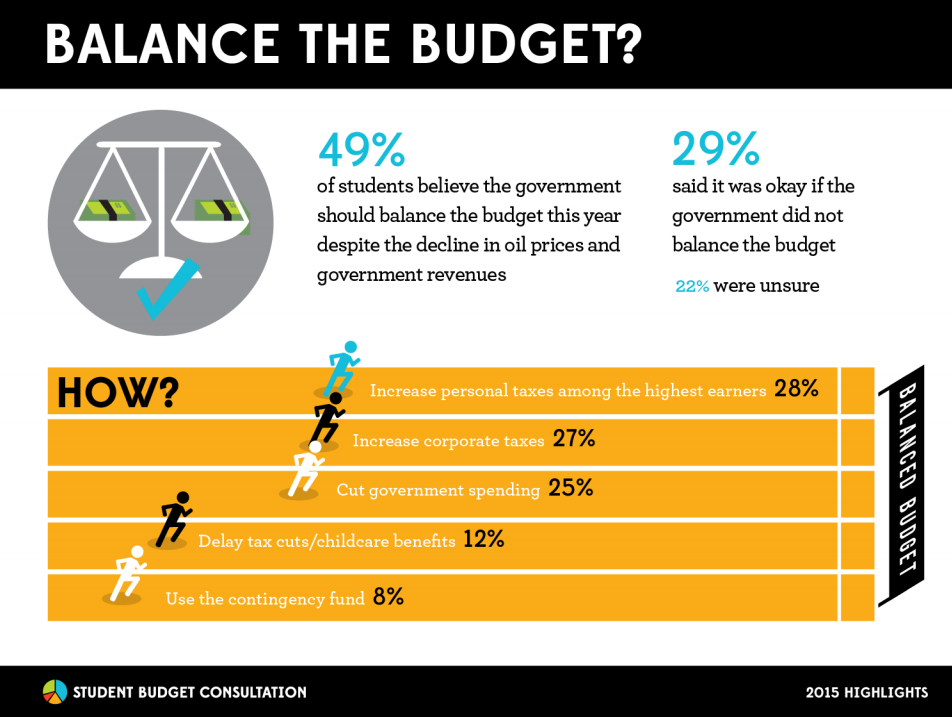
For the third year in a row, high school students from across Canada participated in the Student Budget Consultation, a national initiative aimed at engaging youth in the federal government budget process.
Six thousand high school students took part in the 2015 Student Budget Consultation from more than 300 classrooms throughout Canada, representing every province and territory.
Other findings include:
– A balanced budget remains important – When asked how they would spend a budget surplus, students allocated a larger percentage of the surplus towards paying down the federal debt (12.9%) than any other option; purchasing new equipment for the Canadian forces (8.6%) and increasing health care transfers to the provinces (7.8%) were also top selections.
– Increase spending for education, the environment and healthcare – A majority of high school students think the government should spend more on education-related social transfers, protecting the environment and transfers to the provinces for health care. With respect to spending reductions, prisons/increased sentences (29%) and arts and culture (28%) were selected most.
– Lowering personal taxes and education funding most effective approaches to helping families – When asked what would be most helpful for families, students prioritized lowering personal income taxes (28%) and subsidizing post-secondary education (26%). Implementing a national daycare program (9%) and income splitting (7%) received significantly less support.
– Reducing tuition seen as the most important strategy to increase youth employment – Approximately 20% of those surveyed said the cost of education was the biggest hurdle facing them in starting their careers, closely followed by career uncertainty (19%).
– National to scholarship program chosen as best way to mark Canada’s 150th anniversary – A plurality of young Canadians want the Government to mark its 150th anniversary by establishing a new national scholarship program.
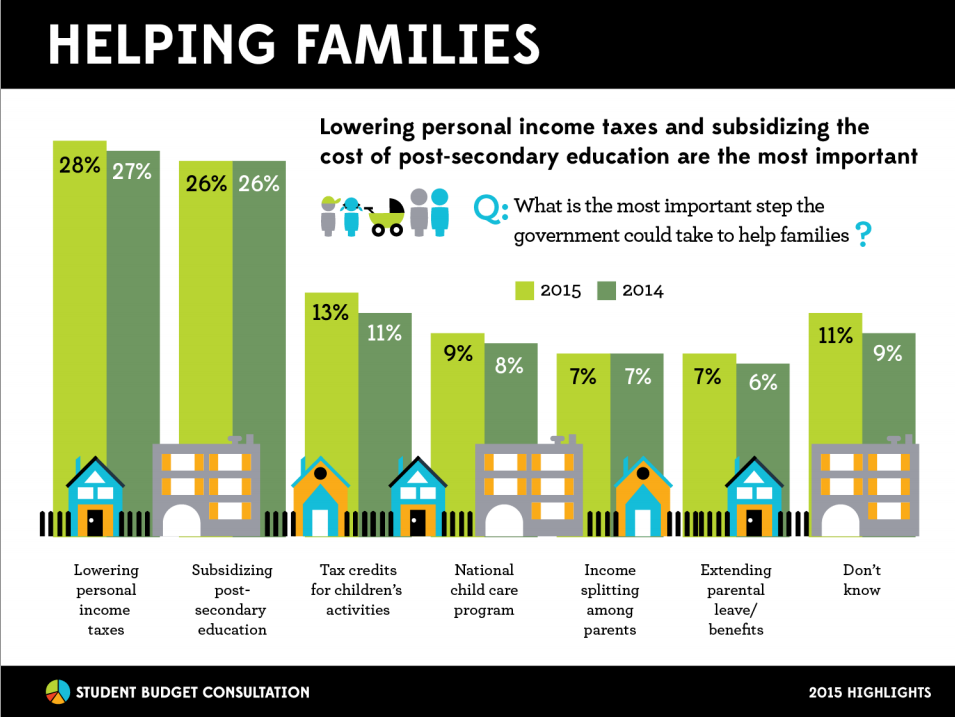
To view an infographic of the results highlights, click here.
To view the full results summary, click here.
National Survey of Canadians 18 and over
The results of a corresponding survey of 1,000 Canadians aged 18 and over conducted by polling firm Abacus Data finds that high school students and Canadians 18+ share many of the same priorities and attitudes when it comes to the budget. However, there are also some notable differences between the two groups.
High school students are more likely to prioritize education spending, tuition fee reductions and public debt reduction, while Canadians 18+ are more likely to prioritize healthcare spending, tax reductions, and economic growth.
– While a majority of high school students and Canadians 18+ want the federal government to spend more on healthcare transfers, students were more likely to want to see increased federal spending on education related social transfers, reducing crime through crime prevention programs and protecting the environment. Canadians 18+ wanted to see increased spending on tax credits and/or benefits.
– When asked what was most important to them in thinking about the kind of Canada they want to see 15 years from now, high school students were more likely to rank investments in education and research, and debt reduction as the most important outcomes – while Canadians 18+ were more likely to rank improving health care and strong growth in the Canadian economy as most important.
– When asked to identify what the most important step the government could take to help families, about three in ten students and Canadians 18+ prioritized personal income tax reductions. Students were more likely to select subsidizing tuition while Canadians 18+ were more likely to prioritize family income splitting and a national childcare program.
To view the full results comparison summary (high school students vs Canadians 18+), click here.
About the Student Budget Consultation
The Student Budget Consultation is a civic education and financial literacy program that gives young Canadians an opportunity to learn about government and public policy, debate varying viewpoints and offer their opinion on the priorities of the upcoming federal budget.
The program culminated with a consultation survey, held online and through paper-based questionnaires.
The 2015 survey was conducted in partnership with Abacus Data between December 2014 and April 2015. The results were shared with the Department of Finance earlier this month.
About the Organization
CIVIX is Canada’s leading civic education organization working to build the capacity and commitment of young Canadians to participate in our democracy. CIVIX offers resources and innovative approaches to make it easy and effective for educators to teach democracy and citizen engagement.
Student Vote, the flagship program of CIVIX, is a parallel election for students under the voting age coinciding with official elections. In the 2011 federal election, more than 563,000 students cast a Student Vote ballot from nearly 3,800 schools throughout Canada.
The 2015 Student Budget Consultation was coordinated with the support of the Government of Canada, Interac and the Canadian Association of Former Parliamentarians.
For further information:
For comment or to be directed to students who participated in the survey, contact Taylor Gunn, President of CIVIX at hello@civix.ca or 1 866 488 8775.



